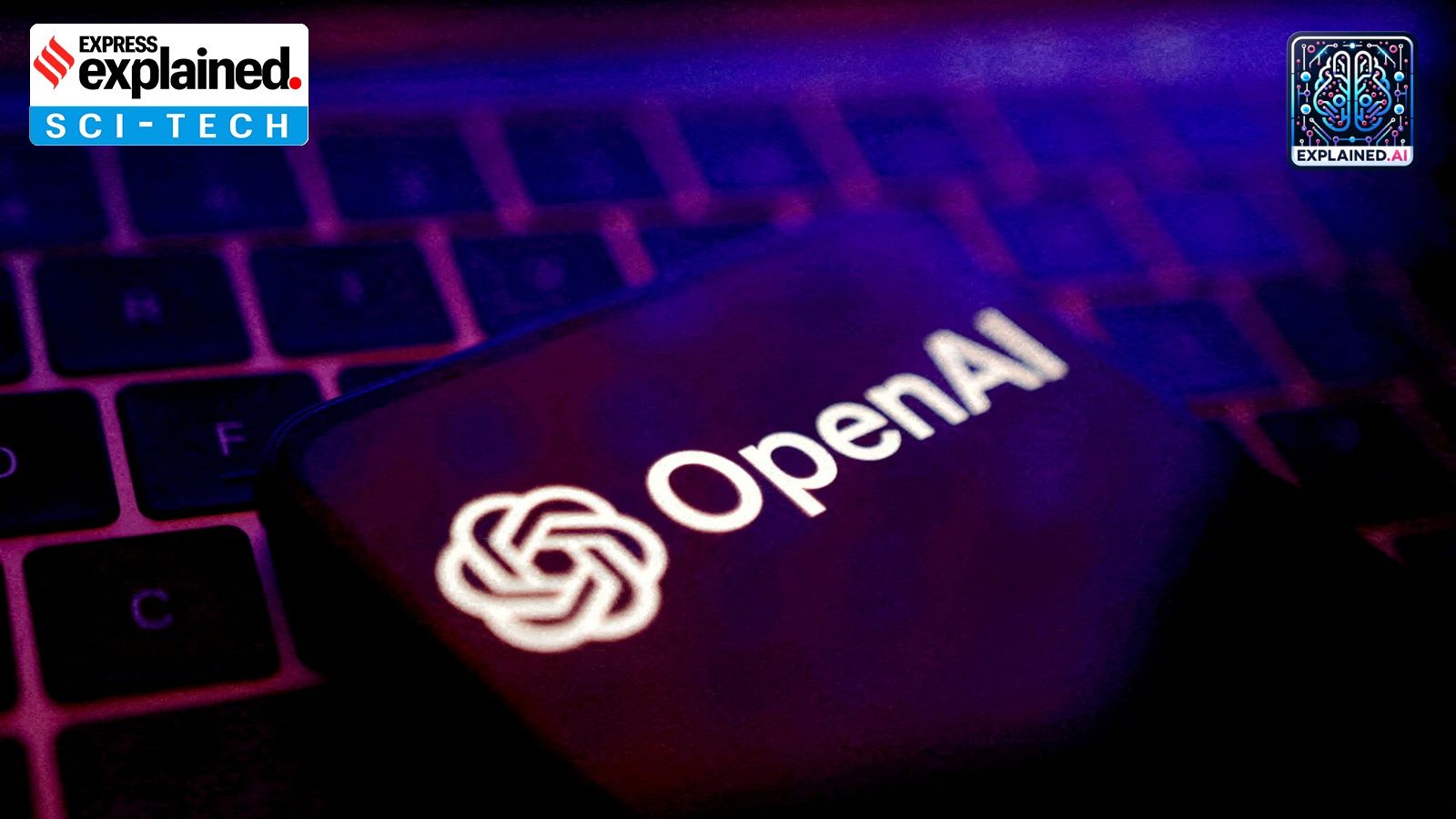 |
|
OpenAI's recent unveiling of its new open-weight AI models, gpt-oss-120B and gpt-oss-20B, marks a significant shift in the company's strategy after a six-year hiatus from releasing such models. This move, prompted by the emergence of cost-effective open-weight alternatives like DeepSeek's R1 model, signifies a response to the growing demand for accessible and customizable AI solutions. The release of these models, especially after previous delays attributed to safety concerns, represents a delicate balance between innovation and responsibility. The larger gpt-oss-120B model, capable of running on a single 80GB GPU, and its lighter counterpart, the gpt-oss-20B, designed for deployment on laptops and edge devices with 16GB of memory, offer developers the opportunity to experiment, fine-tune, and adapt AI to a wider range of applications. This accessibility is further enhanced by the models' release under the permissive Apache 2.0 license, allowing developers to freely download and host the weights within their own environments. Microsoft's plans to deploy a GPU-optimized version of the gpt-oss-20B model on Windows devices further underscore the potential impact of these models on the broader computing landscape. The parameter count of an AI model, often used as an indicator of its problem-solving capabilities, is a crucial factor in determining its overall performance. The gpt-oss-120B model boasts 117 billion parameters, activating 5.1 billion parameters per input token, while the gpt-oss-20B model features 21 billion parameters, activating 3.6 billion parameters per token. However, OpenAI has implemented techniques such as mixture-of-experts (MoE) to enhance the efficiency of these models. This approach, also utilized by DeepSeek, allows for energy-efficient computation by activating only a small fraction of the parameters for any given task. Additionally, OpenAI has employed grouped multi-query attention to further improve inference and memory efficiency. The gpt-oss models support a maximum context window of 128,000 tokens. This detail is critical as it defines how much information the model can consider at a given instance. The ability to retain and process larger contexts translates to more comprehensive comprehension and better response generation by the model.
The performance comparison between the gpt-oss models and OpenAI's frontier models, such as o4-mini and o3-mini, provides insights into the capabilities of these new open-weight models. The gpt-oss-120B model is claimed to match the performance of o4-mini in areas such as reasoning skills, general problem-solving, competition coding, and tool calling. It reportedly surpasses o4-mini in responding to health-related queries and solving competition mathematics problems. Similarly, the gpt-oss-20B model is said to match or exceed o3-mini on these benchmarks, outperforming it in competition mathematics and health. However, OpenAI acknowledges that both gpt-oss models are prone to hallucination, a common issue with smaller models that possess less world knowledge compared to their larger counterparts. This trade-off between size and accuracy is an important consideration for developers when choosing the appropriate model for their specific needs. The training methodology employed by OpenAI for the gpt-oss models involved reinforcement learning (RL) and other techniques similar to those used in the development of its advanced reasoning models, such as o3. The training data consisted primarily of English text with a focus on STEM, coding, and general knowledge. Notably, harmful data related to Chemical, Biological, Radiological, and Nuclear (CBRN) topics was filtered out of the dataset. The contentious issue of training data transparency is central to the debate surrounding open-source and open-weight AI models. While the Open Source Initiative (OSI) defines a truly 'open-source' AI model as one that provides access to source code, model architecture, weights, training procedures, and training data, most AI companies are hesitant to disclose training data details due to concerns about copyright infringement and other legal challenges. This has led to a middle-ground approach where companies like OpenAI make the weights of AI models publicly available, allowing developers to fine-tune the models without retraining them on new data. The weights of an AI model are analogous to the 'knobs' on a DJ set, that can be adjusted to produce outputs consistent with the patterns in the training dataset.
In the post-training phase, the gpt-oss models underwent supervised fine-tuning and RL cycles, similar to the development process for o4-mini. OpenAI emphasized the use of deliberative alignment and the instruction hierarchy to teach the model to refuse unsafe prompts and defend against prompt injections. This focus on safety is paramount, given the potential for malicious use of open-weight AI models. The accessibility of key components allows external developers to create versions of the model without native safeguards, potentially leading to the generation of hateful content or other misbehavior. OpenAI claims that its open-weight AI models perform on par with its other frontier models on internal safety benchmarks. To mitigate the risk of malicious fine-tuning, OpenAI conducted an extra round of safety testing using an adversarially fine-tuned version of gpt-oss-120B. This involved fine-tuning the model on specialized biology and cybersecurity data to simulate potential attacker scenarios. Despite robust fine-tuning, OpenAI asserts that the gpt-oss models did not exhibit high risk for misuse under its Preparedness Framework. The results of this safety evaluation were also reviewed by independent experts whose recommendations were subsequently adopted by the company. To further enhance safety, OpenAI has announced a $500,000 prize money as part of a Red Teaming Challenge, encouraging the identification of safety issues within its open-weight models. The company hopes that with the efforts for further development and fine-tuning, these new open-weight models can provide significant benefits to the community, unlocking new possibilities and contributing to the progress of AI research and applications while maintaining high safety standards and promoting responsible innovation. This cautious but committed approach underscores OpenAI's commitment to balancing accessibility and ethical considerations in the rapidly evolving field of artificial intelligence.
Source: OpenAI’s low-cost, open-weight AI models are here. But are they truly ‘open’?
